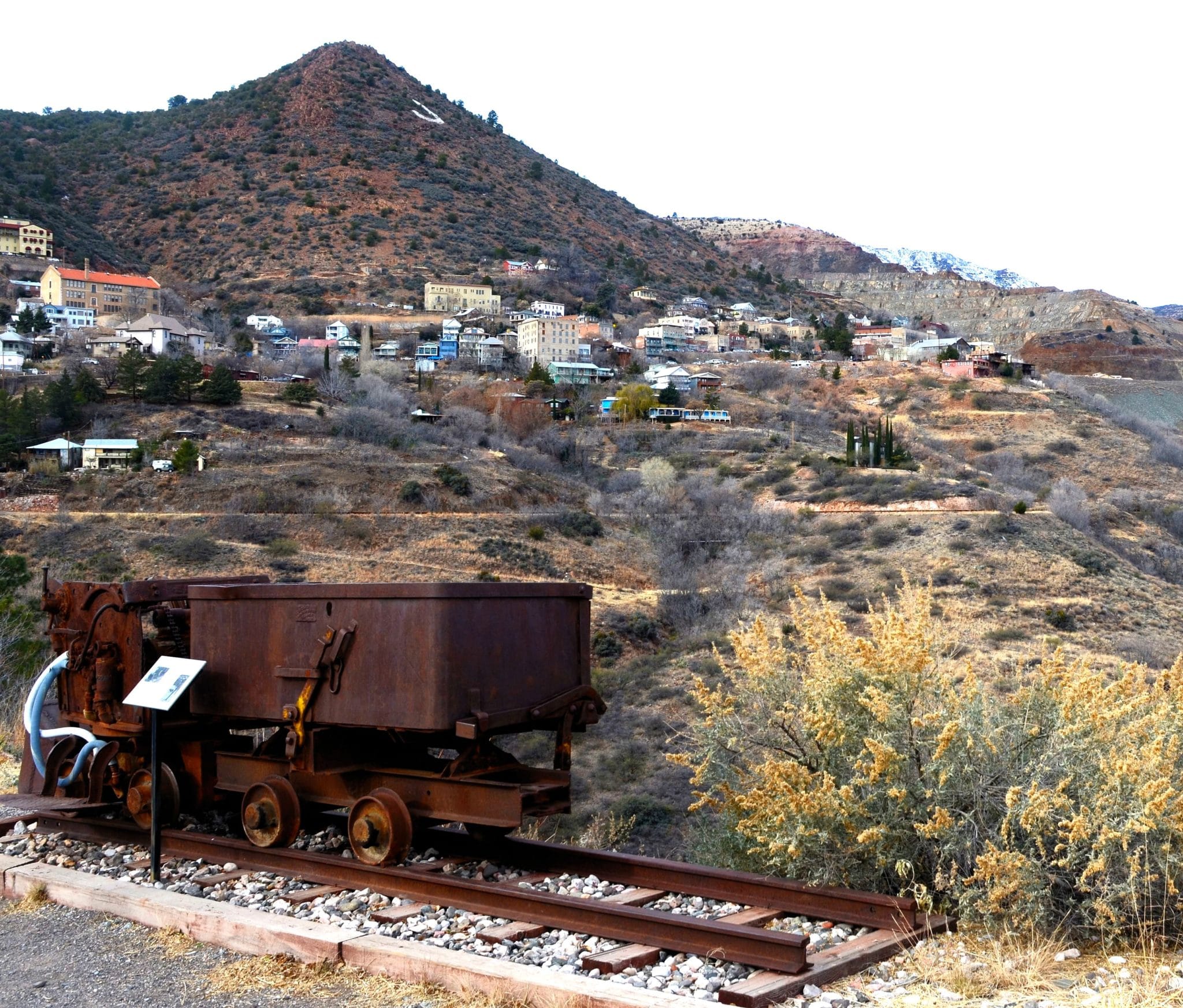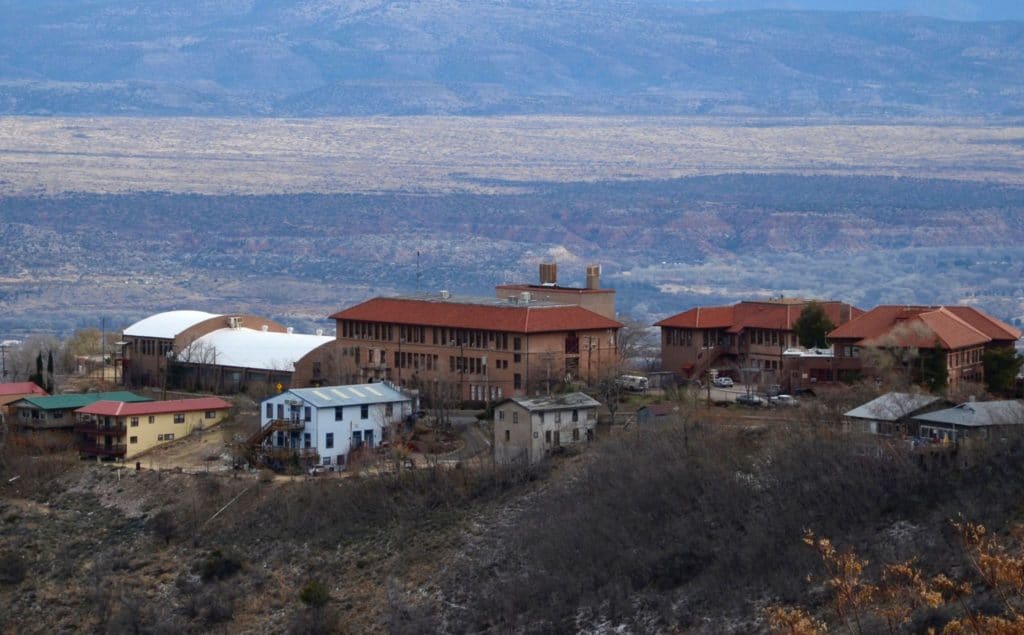Our destination this week is the picturesque old mining town of Jerome, Arizona. All photos by Tom Dell except where indicated.
In Jerome, history and geography converge to present an appealing picture – a funky historic district in the most scenic setting imaginable. It’s a combination that captivates large numbers of visitors every year.
I like Jerome. It’s like nowhere else. If you haven’t been there, you will, too.
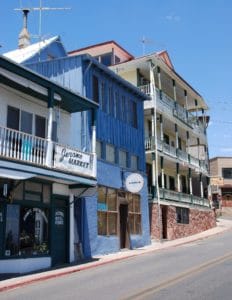
From a historical standpoint, Jerome follows a timeline that was repeated in several other Old West mining towns we’ve visited in this blog: The discovery of gold or silver, a mass influx of miners, and a camp that mushroomed into a city with haphazard construction of buildings, along with churches, newspapers, saloons and whorehouses – maybe even a bowling alley and an opera house.
Typically, these towns were periodically destroyed by fire, then rebuilt with sturdier construction. Eventually, the mines played out, and most people left. The town either decayed into a ghost town or survived on a much reduced scale. A few, Jerome included, became tourist attractions.
But Jerome was different, too. For one thing, this was a copper town that produced over $1 billion in copper and other minerals.
The reddish slope at the far right of this photo is where Sedona is located
America’s most vertical town
Then there’s the geography. Jerome is America’s most vertical town. It clings precariously to the slope of Cleopatra Hill at a 30-degree angle (though it seems like more). As you approach from the northeast on SR 89A, the buildings look pasted onto the mountainside. Once in town, the road switchbacks up the slope; the streets are steep, narrow and winding, lined with structures from the late 19th and early 20th century. Many have been lovingly restored and turned into tourist-oriented businesses, as well as homes. Other buildings are abandoned but still standing.
The views north and east from Jerome are outstanding. In the foreground is the jetsam from the town’s mining history. It looks like most other mining camps, with a headframe or two, lots of strewn-about equipment and the like. Beyond, is the Verde Valley and the middle-class towns of Clarkdale and Cottonwood. That’s where kids from Jerome go to school, and where some Jerome residents have jobs. Across the valley, a massive red-tinted slope shelters Sycamore and Oak Creek Canyons. In the latter, just 20 miles away, is the pretentious resort of Sedona. On a clear day, the San Francisco Peaks north of Flagstaff are visible on the northern horizon.
Wickedest town in the West
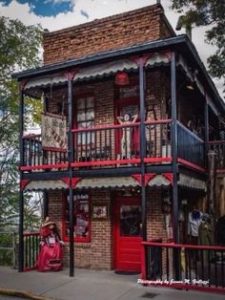
This part of Arizona was occupied by native Americans as early as the 12th century. When Spanish explorers arrived in 1582, they enticed the Yavapai Indians to show them their mines. The natives used copper as paint, but the Spanish were only interested in gold and silver, and they left.
By the 1880s, investors saw the potential for copper and organized the United Verde Copper Company. By 1889, the Jerome mine was producing $1 million per month in revenue. Jerome was Arizona’s sixth-largest city, with a population of over 15,000. So many saloons, gambling dens and brothels operated that a New York newspaper called Jerome “the wickedest town in the west.”
Several fires destroyed buildings, but the town kept on. According to one story, one of the town’s madams offered firefighters a freebie if they saved her business. They did.
Underground blasting shook the earth so much that many buildings keeled over. They included the town jail, which toppled down the hill. It’s still there; ask a local to point out the “sliding jail.”
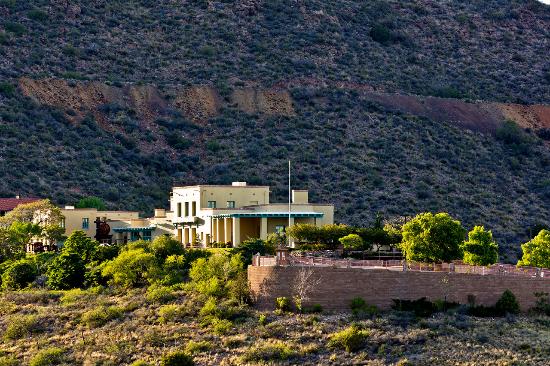
Big weekend crowds!
Demand continued through World War I, then fell during the Great Depression, causing the mines to close. They reopened during World War II, then closed for good in 1953.
The population shrank to 50, but in the 1960s Jerome began to attract artists, shop owners, retirees and others who loved this convergence of history and scenery. The population has remained steady at about 400 ever since.
How should you spend your visit to Jerome? Let’s start with timing. Jerome is only about two hours from Phoenix, and it’s much cooler during the summer. Expect big crowds on weekends! If you must come at that time, arrive early to find a place to park.
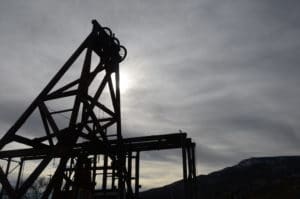
Most people spend time in the shops and galleries. I’m especially fond of the galleries, where you can often find cool stuff, as opposed to the high-end, high-dollar art that dominates Sedona.
If there’s a must-see attraction, it’s Jerome State Historic Park, which is the mansion built by mine investor James S. Douglas. There, you’ll find extensive displays on the area’s history, along with a video and a fascinating 3-D model of Jerome’s underground mines. Nearby is the Audrey Headframe, where you can stand on glass atop a 1,900-foot shaft completed in 1918. The park is open 8:30-5 daily. Admission is $7 for adults and $4 for ages 7-13. To get there, take the marked turnoff from SR 89A near the south end of town.
You’ll also find historic artifacts at the Jerome Historical Society Mining Museum at 200 Main St. Admission is $2 ($1 for seniors and kids under 12). It’s a good place to hang out while you’re waiting for a lunch table (which you will do on a summer weekend).
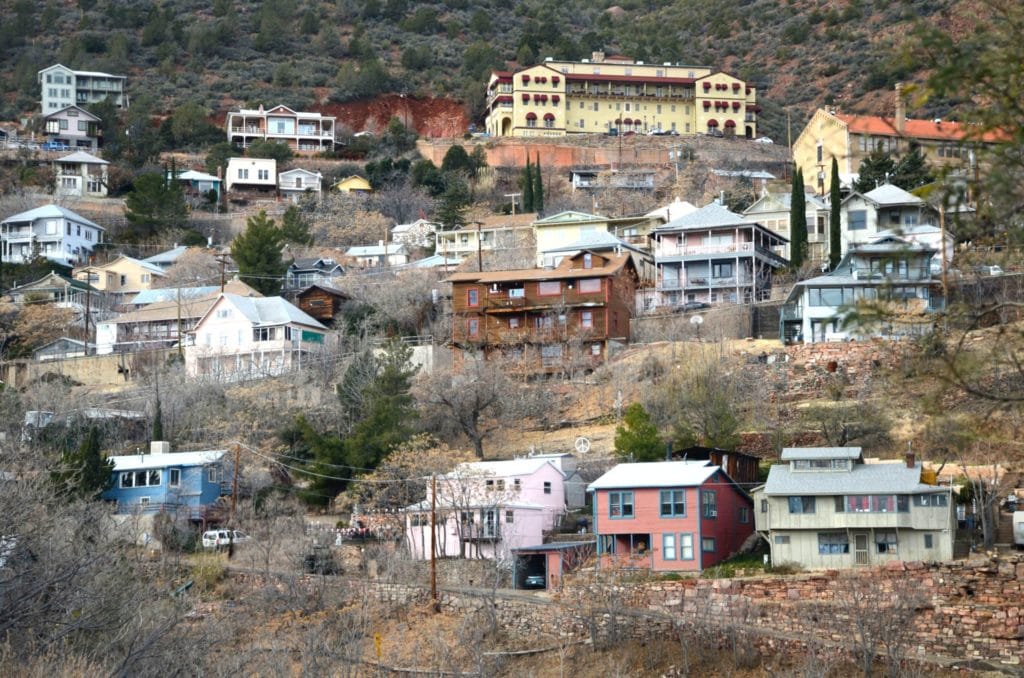
Logistics
Jerome is most easily reached from Phoenix. Take I-17 to Exit 287, then follow SR 260 to SR 89A. It’s about a two-hour drive. From San Diego or Los Angeles, it’s a full day. Take I-10 to Exit 124, then bypass Phoenix by taking SR 303 to I-17. SR 89 through Prescott is shorter, but the road is a major twister to Prescott, then a high mountain drive to Jerome.
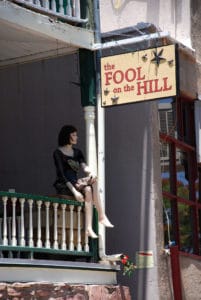
Need lodging? Unlike Sedona, there are no resorts, no spas, no golf courses, no tennis courts — not even a Thai restaurant. However, you’ll find seven bed and breakfast inns. The most popular restaurants are the Haunted Hamburger and the Asylum (both offering terrific views), but there are several others, all of which got good reviews on Yelp.
Thanks for joining me this week. Next week’s destination will be Rancho Los Cerritos in my home town of Long Beach.

